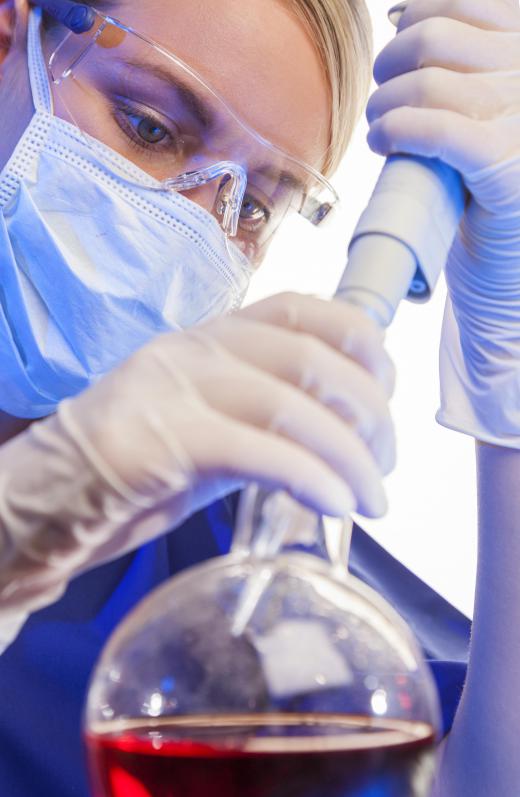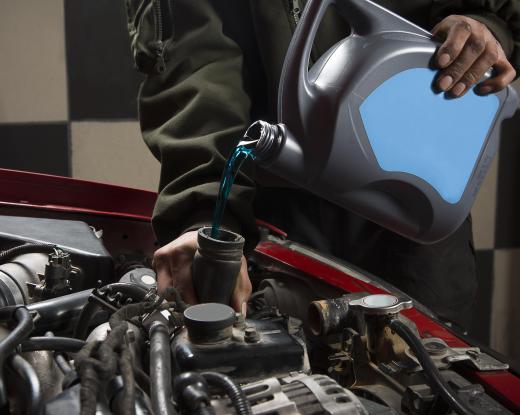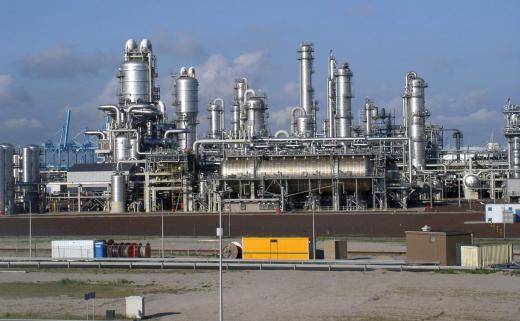What is an Ideal Solution?
In chemistry, an ideal solution is a mixture that follows Raoult’s law, which states the vapor pressure above a solution is directly proportional to the mole fraction of the solvent. A vapor pressure lowering is commonly observed in mixtures of solvents and non-volatile solutes, or substances dissolved in a solvent. An ideal solution of similar compounds can use differences in volatility to separate the compounds by fractional distillation.
Liquids are continually vaporizing and condensing. One in an open container placed into a closed system will vaporize until the rates of condensation from gas to liquid and vaporization from liquid to gas are equal. The liquid is then in equilibrium with its vapor. Vapor pressure is the part of the total pressure due to the vaporized liquid. The vapor pressure of an ideal solution is a measure of the concentrations of the molecules in the solution.

Raoult’s law is followed by most dilute solutions. If the solute and solvent are dissimilar, significant variations from an ideal are observed as solute concentrations increase. When the solute is nonvolatile, the vapor pressure of the solvent is actually decreased as solute concentrations increase. This effect, called vapor-pressure lowering, does not occur in solutions that are ideal.

Car owners take advantage of vapor-pressure lowering by adding ethylene glycol to the water in the radiator. The lower vapor pressure keeps more of the mixture as a liquid and less as a gas. This helps prevent the car from overheating, as the radiator contents must be liquid to effectively cool the engine.
Similar compounds, such as those often found in petroleum products, may be separated based on Raoult’s law. The more volatile component will have a higher partial pressure and will distill over more quickly in a distillation column. In this column, as heat is added to the mixture, the more volatile components boil off first. The contents of the distillation flask become concentrated in the second component.

By staging the distillation steps, a near perfect separation scheme is possible. In a fractionating column, a solid packing material serves as a multitude of little condensation/vaporization sites. Each small gain in elevation in the tower becomes an equilibrium point between the vapor and gas concentrations of solute and solvent. In practice, the more volatile materials become more concentrated as they rise in the tower. Mixtures concentrated in the solvent are taken off the bottom of the column.
AS FEATURED ON:
AS FEATURED ON:













Discussion Comments
Is the rate of condensation dependent on the amount of solute?
Post your comments